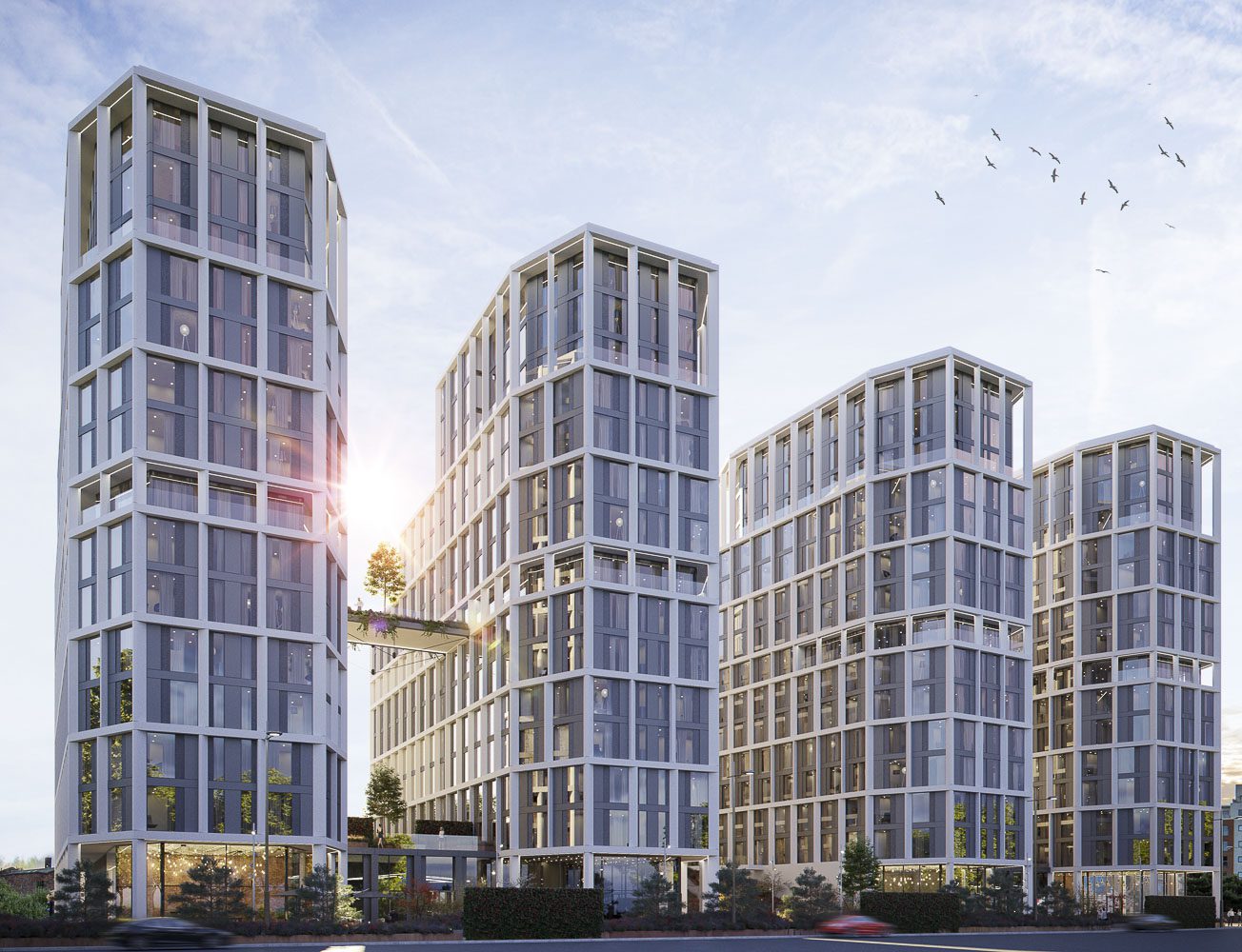Featured Properties







Don't miss out on the best new investment deals. Enter your details now to sign up to our mailing list and receive exclusive information straight to your inbox.